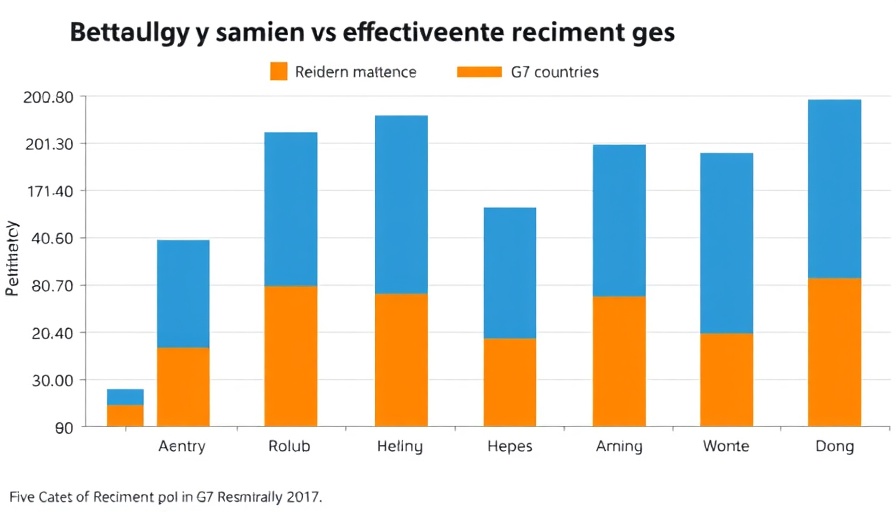
The DOL's Decision: A Step Backwards for Empowerment
The recent decision by the U.S. Department of Labor (DOL) to withdraw a proposed rule that would have phased out subminimum wage practices for workers with disabilities has left many advocates frustrated. After receiving over 17,000 public comments, the DOL noted that a "nonzero population" of workers relies on the subminimum wage program, ultimately deeming it mandated by Congress. This reversal could hinder efforts toward inclusion and equity in the workplace, a sentiment echoed by various disability advocates who argue that fair compensation is essential for empowerment.
Why Subminimum Wages Matter: The Dual Implications
Under Section 14(c) of the Fair Labor Standards Act, certain employers are authorized to pay subminimum wages to workers with disabilities based on specified impairments. Proponents argue that these wage structures help maintain employment opportunities for individuals otherwise at risk of being sidelined by the competitive labor market. However, critics assert this creates an undervalued worker base, limiting opportunities for growth and development essential for employee performance and engagement. Understanding this duality is crucial for CHROs and operational leaders as they strategize on employee empowerment.
Redefining Workforce Strategies in Light of Ongoing Challenges
As the labor landscape evolves, especially in the wake of this ruling, leaders must rethink their approach to workforce strategy. One effective approach involves focusing on talent management frameworks that emphasize a people-first leadership model. Encouraging organizations to move toward performance-driven leadership could not only enhance employee engagement but also foster a high-performance culture that values all employees equally. Making strides in employee retention strategies becomes even more paramount in light of these regulatory challenges, ensuring that all workers feel valued and included.
Looking Ahead: The Future of Employment for People with Disabilities
While this ruling reflects a stance that may seem protective for some workers, many experts predict that it is also a missed opportunity. By not adjusting the subminimum wage practice, organizations risk stagnating their progress toward an inclusive workforce. Operational leaders must advocate for and develop strategies that address performance metrics centered around inclusivity, ensuring that all employees can thrive regardless of their limitations.
In conclusion, as CHROs and executives navigate these complex workforce dynamics, it's imperative to stay informed on policies that affect employee performance and engagement. The goal is clear: to foster a workplace where all talents can flourish. Embracing a people-first leadership approach and prioritizing employee development will be essential.
If you're interested in discussing innovative workforce optimization techniques that foster inclusivity and engagement, let’s connect to explore actionable insights for navigating these challenges together.
 Add Row
Add Row  Add
Add 




Write A Comment